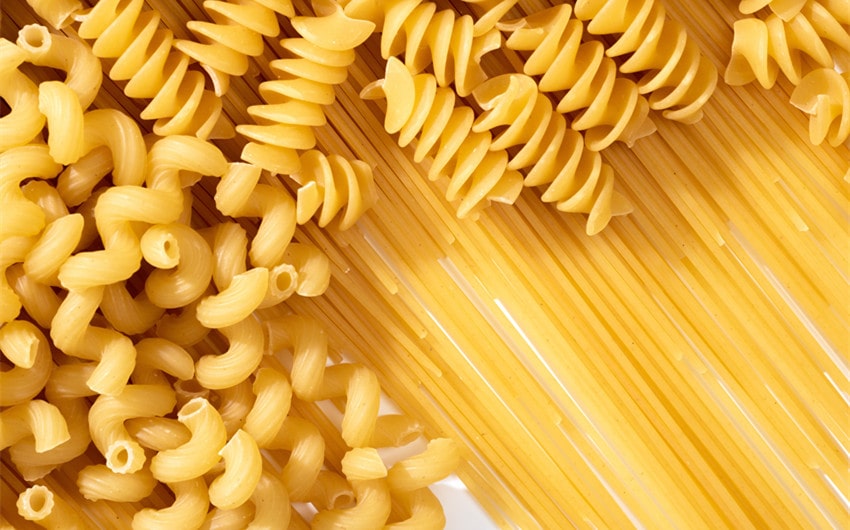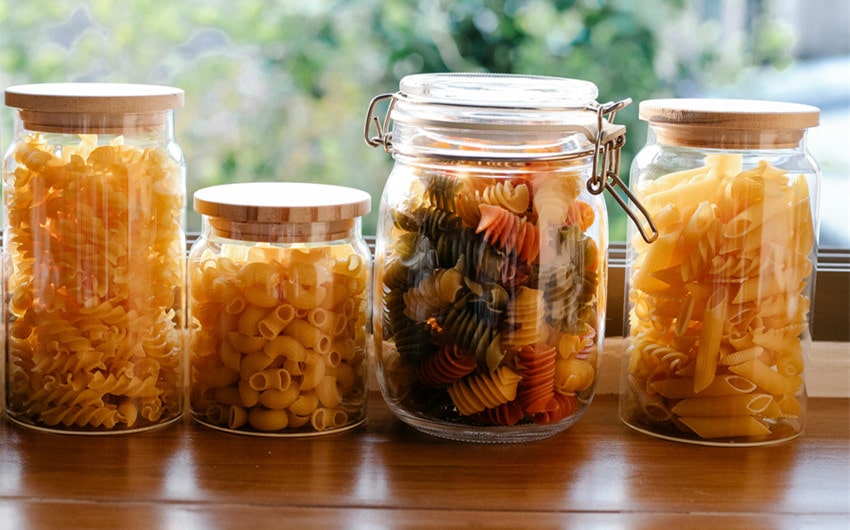Does Pasta Expire? 6 Ways to Tell If It’s Safe
If you’ve ever found an old box of pasta in your pantry and wondered, does pasta expire?—you’re not alone. Pasta, like many pantry staples, has a shelf life, but it doesn’t always spoil in the way you might expect.
While it may not have the same immediate risks as fresh foods, understanding when and how pasta goes bad can help prevent waste and keep you safe. In this article, we’ll break down how to tell if your pasta has expired, how long different types last, and how to store it properly to extend its shelf life.
What Does “Expiration” Mean for Pasta?
The term “expiration” on pasta packaging can be confusing, as it doesn’t always mean the food is unsafe after a certain date. Here’s what the different terms on pasta packaging actually mean:
1. Best By Date
This suggests when pasta will be at its best quality in terms of taste and texture. It’s usually safe to eat after this date, though it may lose some flavor or firmness.
2. Use By Date
Typically used for more perishable foods, the “use by” date is the manufacturer’s recommendation for the last day to consume pasta for the best taste and safety. It’s best to follow this date for optimal quality.
3. Expiration Date
For dry pasta, the expiration date is often a guideline for quality, not safety. However, fresh pasta should be consumed by the expiration date to avoid spoilage.
4. Sell By Date
This is for retailers to manage inventory. It’s not a reflection of pasta’s safety or quality, especially for dry pasta, which can last longer if stored properly.
5. Storage Impact
Proper storage is key. Pasta stored in a cool, dry place in airtight containers can last long past the date on the package, maintaining its safety and quality.
Shelf Life of Different Types of Pasta
The shelf life of pasta can vary significantly depending on its type and storage conditions. Understanding how long each type lasts and how to store it properly can help you make the most of your pasta while ensuring it remains safe to eat.
| Pasta Type | Shelf Life (Unopened) | Shelf Life (Opened) | Storage Tips |
| Dry Pasta | 1-2 years | 6 months to 1 year | Store in airtight container, cool, dry place |
| Fresh Pasta | 2-3 days (fridge) | 1-2 months (frozen) | Store in fridge or freeze for longer shelf life |
| Cooked Pasta | 3-5 days (fridge) | 1-2 months (frozen) | Store in airtight container, fridge or freeze |
| Homemade Pasta | 1-2 days (fridge) | 1-2 months (frozen) | Store in fridge or freeze on a baking sheet |
| Gluten-Free Pasta | 1-2 years | 6 months | Store in airtight container, cool, dry place |
How to Tell if Pasta Has Expired
1. Smell
A change in smell is one of the easiest ways to determine if pasta has expired. Dry pasta, when stored properly, generally has no odor, while fresh pasta may smell slightly like flour or eggs.
If you notice any sour, musty, or rancid odors, especially in fresh pasta or cooked pasta, it’s a strong sign that it has gone bad. Spoiled pasta can develop unpleasant smells due to mold or bacteria, and consuming it could lead to digestive issues.
2. Visual Signs of Mold or Discoloration
Mold is another clear indicator that pasta is no longer safe to eat. While dry pasta is less likely to develop mold, fresh pasta or pasta that has been improperly stored in the fridge can show visible signs of mold, often appearing white, green, or black.
Discoloration, like grayish spots or unusual dark patches, can also signal that the pasta has gone bad, especially if it’s been exposed to moisture or fluctuating temperatures.
3. Texture and Firmness
The texture of pasta is a reliable indicator of its quality. Dry pasta, although long-lasting, can become brittle, cracked, or crumbly over time, which affects its cooking performance.
Fresh pasta that has been stored too long will lose its smooth, soft texture and may turn hard or dry. Cooked pasta that’s slimy or sticky also indicates spoilage, as it is prone to bacterial growth once it has been refrigerated for too long.
4. Pests or Insects
Dry pasta is vulnerable to pests like pantry moths, beetles, and other insects if not stored correctly. If the pasta packaging is damaged or if it’s been exposed to humidity, pests can invade and contaminate the food. Signs of pests include visible insects, webbing, or eggs.
Even if you don’t see pests, their presence can still be inferred from small holes in the packaging or unusual residue. If you find any signs of infestation, discard the pasta immediately.
5. Package Integrity
The condition of the pasta’s packaging plays a significant role in determining its longevity. If the packaging is torn, punctured, or compromised in any way, the pasta inside is exposed to air and moisture, which can speed up spoilage.
Damaged packaging is a red flag that the pasta may no longer be safe to eat, even if there are no visible signs of deterioration. Always inspect the package before using pasta, especially if it’s been sitting in your pantry for an extended period.
6. Taste (for Cooked Pasta)
For cooked pasta, taste is a critical gauge of freshness. If pasta has been stored too long in the fridge, it may develop an off or sour taste. Even if it looks and smells fine, a change in flavor is a strong sign that it has spoiled.
Stale or rancid tasting pasta should be thrown out, as consuming it could lead to digestive discomfort. It’s best to trust your taste buds when determining if leftover pasta is still good to eat.
Can You Eat Expired Pasta?
While the risks of eating expired dry pasta are generally low (provided it has been stored correctly), consuming pasta that has been improperly stored or has visible signs of mold or bacteria can lead to foodborne illnesses. For fresh pasta, the risks are higher, especially if it’s been stored too long or in the wrong conditions. Symptoms of foodborne illness from expired pasta can include stomach cramps, vomiting, and diarrhea.
What to consider: Always trust your senses—look, smell, and taste—before deciding to eat expired pasta. If it smells off or looks strange, it’s best not to take the risk.



